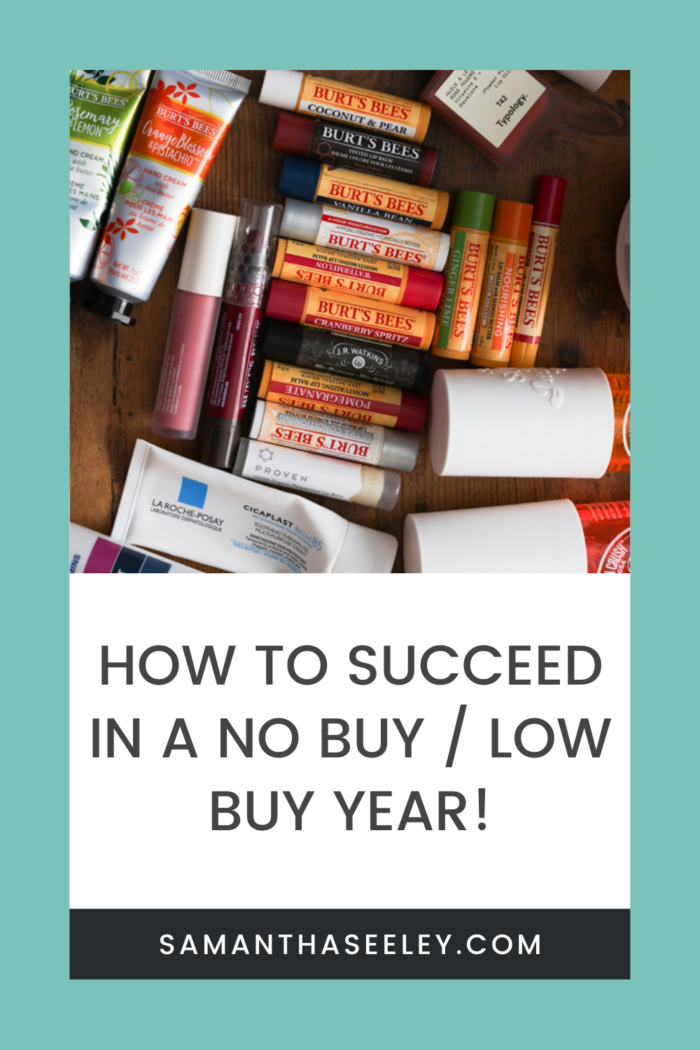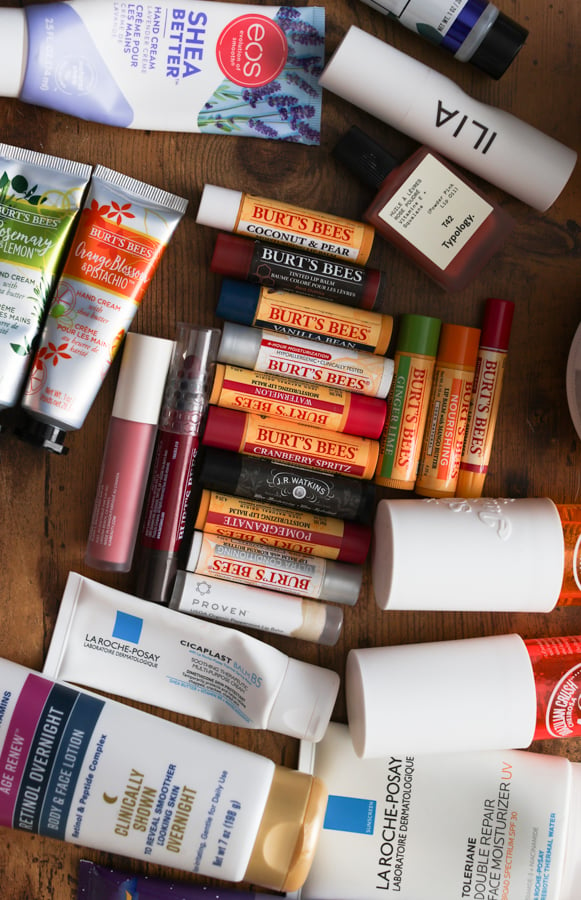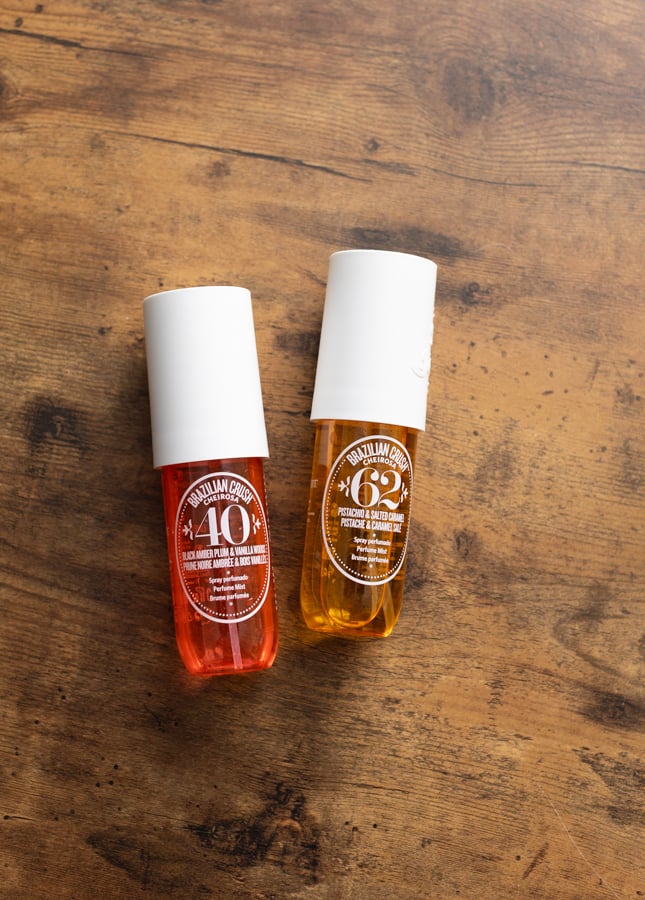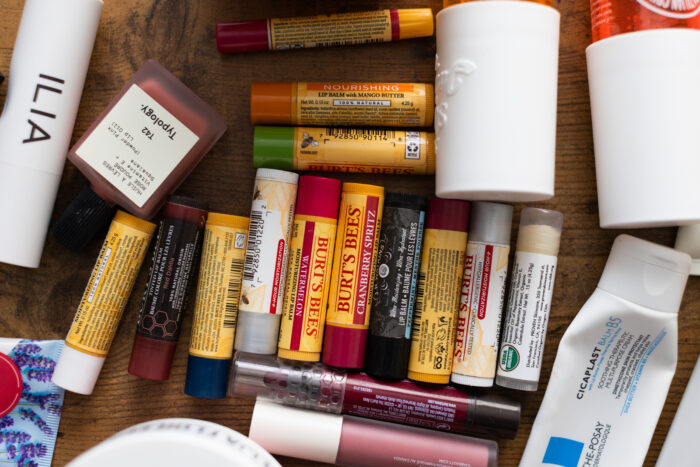Embracing Simplicity: How to Succeed in a No-Buy Year (or Month)
If you’re scrolling through TikTok and your for you page (FYP) is inundated with content for low-buy or no-buy years, you’ve come to the right place!
If you’re sitting here wondering what a no-buy year or no-buy challenge is, look no further! This post will help you plan for a low-buy (or no-buy) year!

What is a no-buy year?
The basics of a no-buy year is that you only buy necessities for a full year.
The point of this is to challenge yourself to see how much money you can save by not buying items or products that, while they might fill you with a moment of joy, you don’t need them.
What are the benefits of a no-buy year?
There are quite a few benefits of a no-buy year:
- Saves Money—The most obvious benefit is that it allows you to save money. This money could be put towards a large savings goal (such as a downpayment for a house or a car) or your retirement fund.
- Pay off Debt—If you have a lot of consumer debt, or maybe you’re paying down a car loan or a student loan, you could use the money you save during the no-buy year to pay down that debt.
- Helps you Declutter—If you have a lot of stuff and are decluttering, a no-buy year gives the added benefit of not buying more stuff to fill up the empty space. Alternatively, you may even consider not decluttering until the year is over and you can really assess what you use and don’t use.
- Mindfulness about Overconsumption—Have you watched the Netflix documentary titled Buy Now! The Shopping Conspiracy yet? It’s worth a watch if you’re preparing to go on a no-buy (or low-buy) journey!
Does it have to be an entire year?
No! You don’t need to commit to this for an entire year if you don’t want to. You could simply try to do a no-buy month or a no-buy quarter!
There is always the option of doing a no-buy challenge for 6 months. Any timeframe you choose will be based on your situation and have benefits.
Does it have to be a complete no-buy?
No! You don’t have to commit to a full no-buy. You could instead reframe it as a low-buy year (or month, or quarter) and create your own set of rules to follow.
Some might find a no-buy period too restrictive, and that is okay. However, a low-buy period could benefit people who overspend when they feel too restricted.
What is the difference between a no-buy and a low-buy?
A no-buy is traditionally more restrictive than a low-buy. With a no-buy, most people only buy what they need, otherwise known as necessitates. If you reframe the no-buy to a low-buy, you’ll allot some money each year, month, or quarter to discretionary spending.
Discretionary spending is just spending that is at your discretion. Some examples of discretionary spending:
- Going out to eat once a month
- Going to the movies once per quarter
- Buying 10 books per year
- Planning a trip to Ireland
If I had spent money on the above things, would my basic needs still have been met? Yes, this is why these items are considered discretionary spending.

Getting Started: Define Your Goals and Rules
The first step is to grab a sheet of paper, your favorite notebook, or open a new tab in your favorite productivity app (my go-to is Notion!) and decide if you’re going for a no-buy or a low-buy. This is deciding what a “no-buy” means for you specifically.
Does it mean that you’ll be avoiding specific categories only, such as clothes or skincare, or are you avoiding all types of discretionary spending?
Next, you’ll want to write down your motivation for starting a no-buy challenge;
- Do you want to declutter?
- Are you looking to be more mindful about your overconsumption habits?
- Are you trying to gain financial independence?
Finally, how long do you plan to do the no-buy challenge? Do you plan to do it for the entire year? Three months/Q1? Or are you hoping to complete at least one no-buy month?
As part of the rule-setting experience, you might want to add any exceptions you are okay with. If you have a planned vacation or want to complete a home project, you should consider writing that down.
As an example, my rules are:
- Do not buy any products (skincare, chapstick, lotion, etc) unless you are totally out of them.
- Do not buy any new clothes.
- You can spend money on experiences (vacations, movies, other events, etc).
- You can buy Kindle books, but no book trophies.
- DoorDash once a month.
- You can do one large home project in 2025.
Notice how I have a few YOU CAN BUY rules? I want to give myself some grace. I already know I am going to California in 2025, and I also already plan to fix up our sidewalk.
Also worth noting: I know that not buying books to read on my Kindle will make me miserable, but to combat spending, I’ve decided not to buy any physical copies of any books.
You can also consider adding leeway for broken items, gift-giving, and donations.

How to Prepare for Success
Assess Your Spending
First, you should review at least one month of your bank statements to see where and how you spend your money.
I did this recently in December 2024, and it was an eye-opener. I realized I ordered food through DoorDash 10 times in December, so I went ahead and added it to my no-buy rules.
I knew it wasn’t super realistic of me to cut it out altogether, so I dropped it down to once a month.
Create a Budget
Focus on your essential spending and allocate funds for necessities.
What are necessities? Things like groceries, your electric bill, and your mortgage.
Creating a budget doesn’t have to be annoying or time-consuming. You can use a simple spreadsheet or an app like Monarch or You Need a Budget (YNAB).
Take Stock of What You Own
Look through your cabinets, drawers, and closets, and take a mental note of everything you own. You may want to reorganize some of your belongings to be more accessible or within reach.
You might also want to take this time to declutter, discard, or donate items that you no longer use or need. You could also consider selling some items that might get you a few dollars on sites like Poshmark or Mercari.

Tips to Stay on Track for A No-Buy (or Low-Buy) Journey
Create a Wishlist
Creating a wishlist will allow you to put some time and space between you and what you want to buy. This is called the “24-hour rule,” which helps curb impulse spending.
Most of us tend to hit the “Buy it Now” button and follow through with the funnel we’re presented with in the name of instant gratification.
Instead of saving the items for later in my shopping card, I plan to add the links/URLs to a spreadsheet to look through what I wanted at the end of each month and see if I still want the item.
If I no longer want the item, I will mark it as No Longer Wanted and save myself some money.
Use What You Have First: What is Project Pan?
This has been circulating around TikTok, and if you’ve seen those videos, you’ll likely know it as “Project Pan.” It’s popular in the beauty industry, and the term “Hitting Pan” means you’ve used up all of the product in the tube.
I have a large stock of eyeshadow, skincare, chapstick, candles, and lotion. Before buying any new items in those categories, I plan to finish everything I own. It may take me longer than a year to use up all of my chapstick, but I don’t need every flavor ever made, and I don’t need every single seasonal item Burts Bees creates.
Join a No Buy Group on Facebook
Other people nearby likely want to take on no-buy challenges, too, and entire local groups are dedicated to trading items with their neighbors.
Simply log onto Facebook and search “No Buy Group [Location],” and you’ll find something interesting!
Track your Progress
You’ll want to track your progress in some way. I plan to track my monthly spending in a spreadsheet and note any “rule” breaking at the end of each month.
I also want to write down successes. Did I successfully avoid buying new candles, even though I was at Bath and Body Works with a friend? Yes! I’m writing that down to reflect on at the year’s end. We have to celebrate our wins, right?
Wrapping Up: The Rewards of a No-Buy Challenge
You’ll likely have many feelings and even data to sort through at the end of a no-buy challenge.
Take some time to reflect on the challenge itself, assessing how it went. Here are some questions to ask yourself as you wrap up a no or low-buy challenge:
- Did I hit my goal?
- Did I break any rules? If yes, which rules did I break, and how often?
- How much did I save?
- Did I pay off any debt?
- Can I now recognize any patterns in my spending or behaviors?
- What worked? What didn’t?
- Do I want to continue the challenge? If so, do I need to modify any rules?
Are you ready to try a no-buy challenge? Share your goals in the comments!




